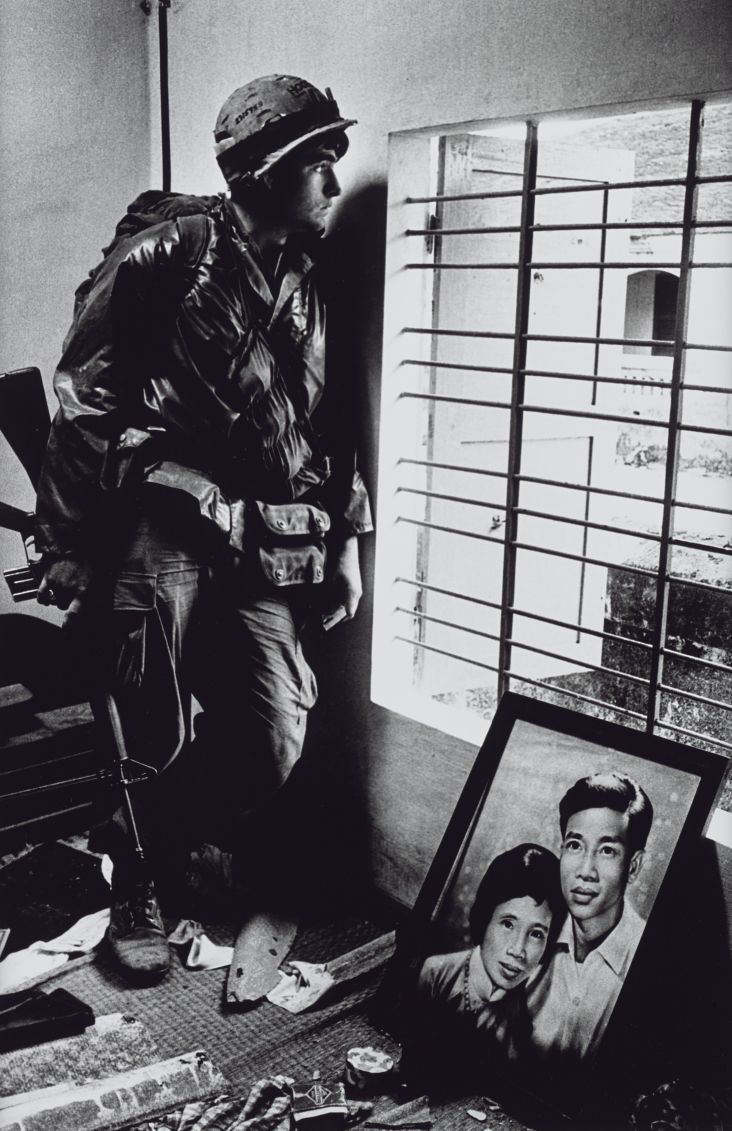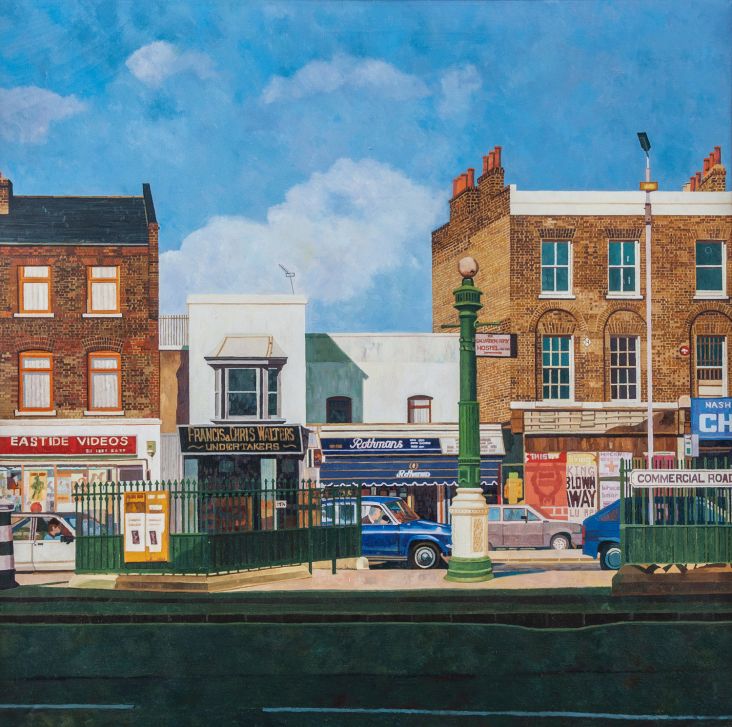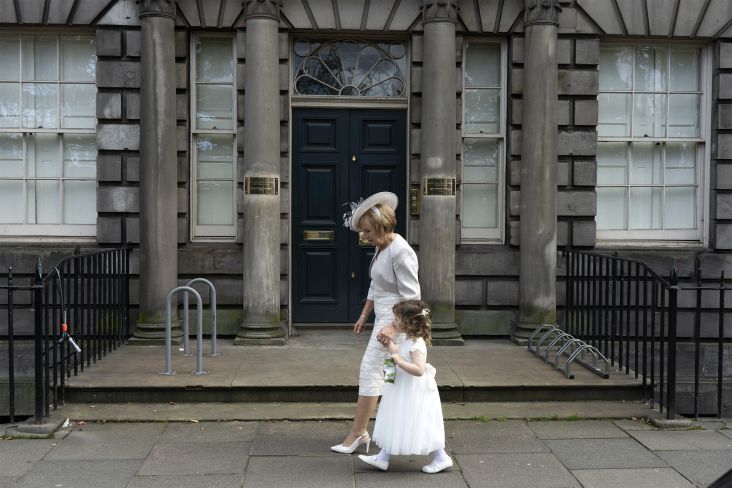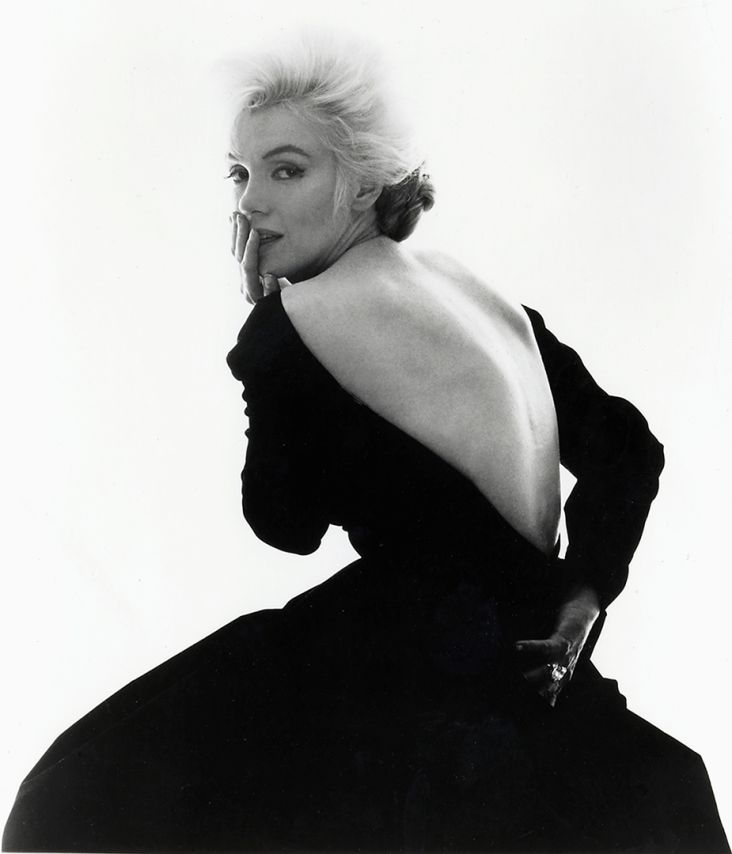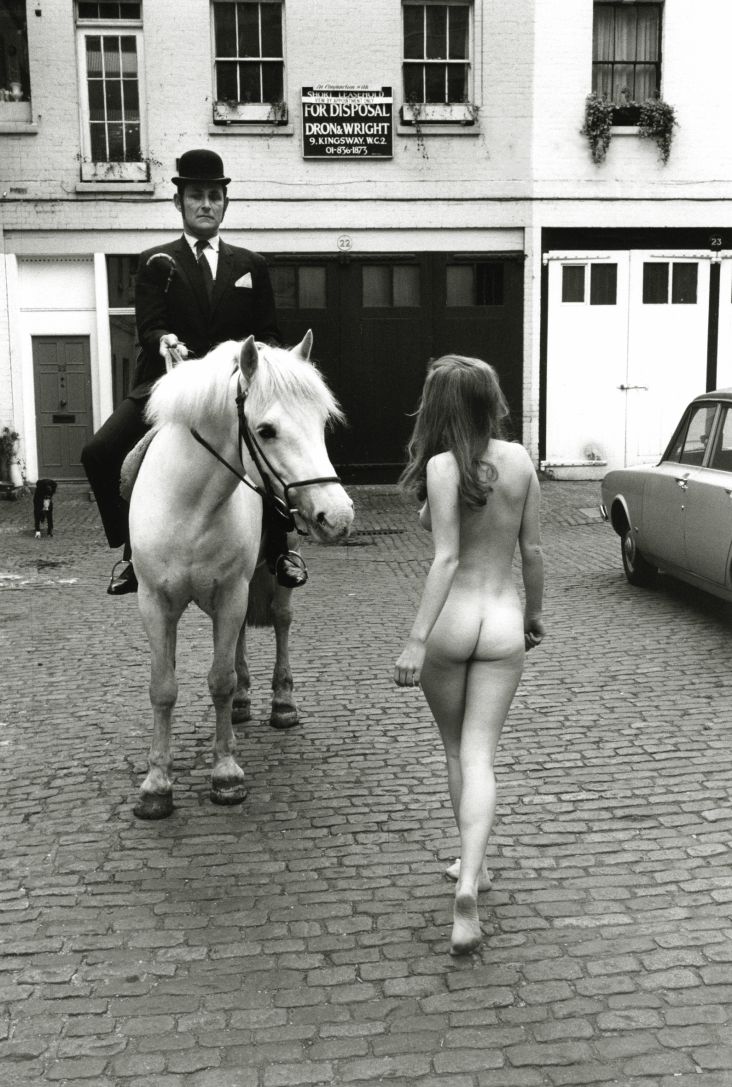Scarlett Crawford's First Waves exhibition marks the 50th anniversary of the Race Relations Act
2018 marked the 50th anniversary of the 1968 Race Relations Act. During the year, artist Scarlett Crawford completed six regional residencies, delivering workshops with communities in Nottingham, Leeds, Glasgow, Thamesmead, Cardiff/Swansea and Liverpool, to hear their stories and collaboratively create artworks focused on their experiences.
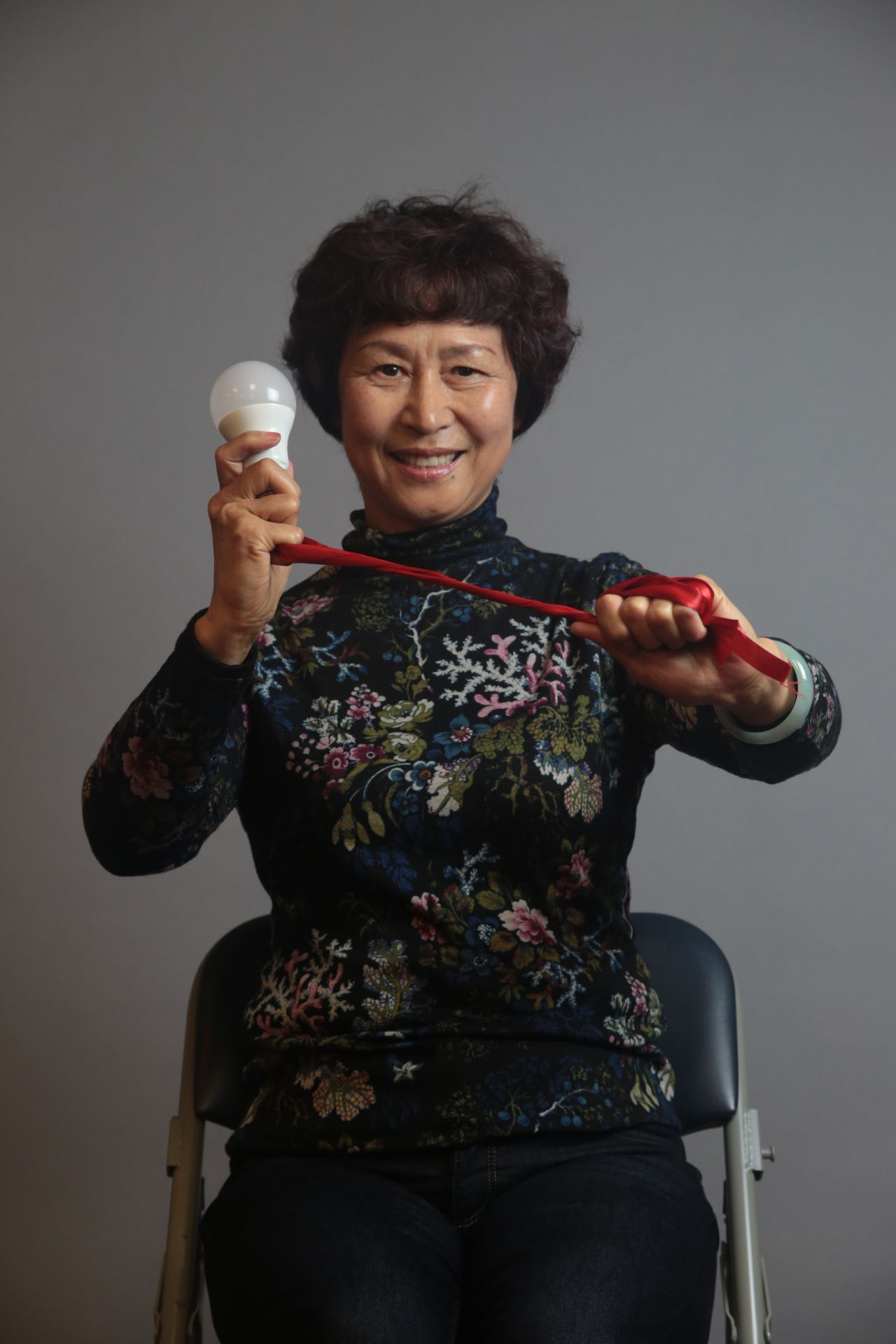
Yuying Cui Swansea, 2018 Scarlett Crawford, 2018. “By tying the ribbon around the light bulb Yuying wanted to show her hopes for her multinational community and our world.” © UK Parliament
One of the main goals of the residencies was to capture the stories of generations who have been directly impacted by the Race Relations Acts, but who may have had little opportunity to have their voices heard in Westminster. Participants from communities across England, Wales, and Scotland have shared their experiences, both good and bad so that audiences can explore the personal, social, and political legacy of the Race Relations Acts today.
During the workshops, participants were invited to choose from a group of symbolic objects which they incorporated into a series of photographs. By using symbols, not words, they have created a universal language to communicate a range of experiences and perspectives:
‘The bulb represents light, optimism and hope.’
‘The red ribbon represents blood ties, community and unity.’
‘The parchment represents law, legislation and government.’
‘The pen represents education, action and protest.’
The portraits and soundscapes created during the Residencies have now been gathered together for the first time, after each has been exhibited locally, and are now on display in Westminster Hall, the oldest part of the Palace of Westminster and the heart of the UK Parliament.
"I met more than two hundred people in seven cities on my journey across the country and heard their stories," Scarlett told Creative Boom.
"Together, we have produced a series of strikingly honest and sometimes challenging portraits. The multifaceted nature of the exhibition – using word, image, and sound - reflects the inclusive nature of the project. To know that all these portraits of the participants will be seen by decision makers and policy changes in Westminster validates the contributions they all made. I hope that the legacy of the series continues in the hearts and minds of all of those who see it and inspire them to continue to make their voices heard."
Of course, the Race Relations Act 1965 was the first piece of legislation in the UK to address the prohibition of racial discrimination and followed previously unsuccessful bills. The Act banned racial discrimination in public places and made the promotion of hatred on the grounds of "colour, race, or ethnic or national origins" an offence.
The Bill received Royal Assent on 8 November 1965 and came into force a month later on 8 December 1965. It was introduced by the Government in response to the increasing number of people who had moved to the UK from other Commonwealth countries; at the time of the Act being passed, there were nearly one million immigrants living in the UK.
The 1965 Act was criticised for not addressing areas where discrimination was prevalent, including employment and wider aspects of acquiring accommodation. In 1966 the research institute Political and Economic Planning (PEP) conducted a survey into race relations that revealed the incidence of discriminatory practices was far more common than previously imagined, affecting the decision making of those in positions of power in many fields not covered by the existing legislation.
In December 1967, Home Secretary Roy Jenkins asked the Home Affairs Committee to consider a proposed new Race Relations Bill. It was during its passage through the House that Enoch Powell delivered his ‘rivers of blood’ speech in opposition to the Bill.
The Race Relations Act 1968 came into force on 26 November but achieved Royal Assent in Parliament on 25 October 1968. It extended the prohibition of discrimination on the grounds of colour, race, ethnic or national origin to the fields of employment; trade unions, employers and trade organisations; housing accommodation, business and other premises; and advertisements and notices. It included estate agents and private letting agencies, as well as local authorities when acting as housing authorities; the inclusion of insurance and credit facilities and building societies. The Act strengthened the Race Relations Board’s powers to investigate complaints and set up the Community Relations Commission.
Despite the improvements in the legislation, the Act exempted the police in their operational duties and omitted education from the legislation, it continued to be lawful to allocate school places using colour, race, ethnic or national origin as a decisive factor.
The Race Relations Act 1976 established the Commission for Racial Equality, banned direct and indirect discrimination, and allowed for complaints to be made to industrial tribunals and courts. The Macpherson inquiry into the murder in 1993 of black teenager Stephen Lawrence brought about legislative changes in 2000 that included public bodies and the police within the scope of the 1976 Act, with a general duty on public bodies to promote equality of opportunity and good race relations. With the Equality Act 2010, the focus has moved to a duty to promote equality rather than a prohibition against individual forms of discrimination.
The First Waves exhibition is open to the public. Free tickets can be booked through Parliament’s website.
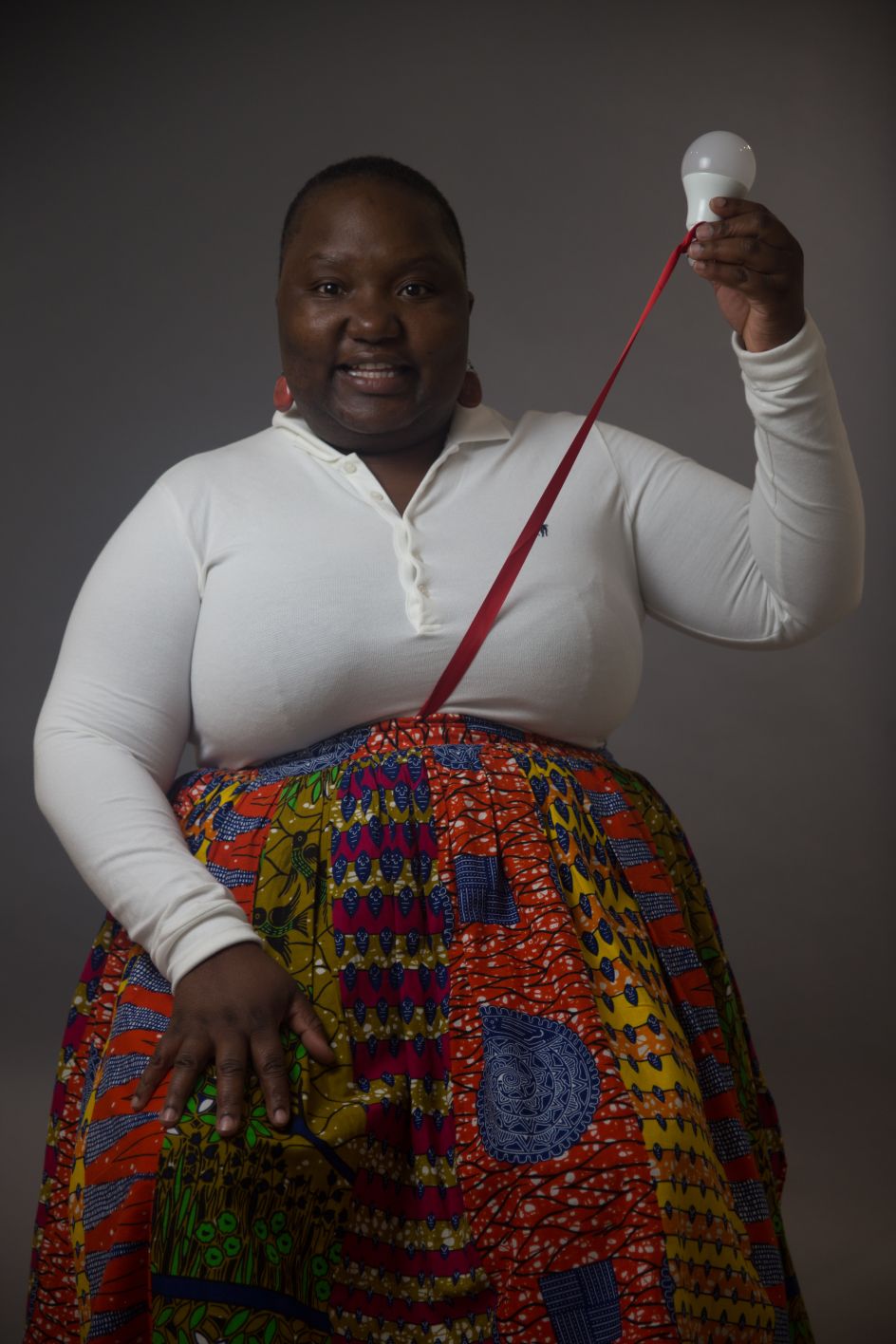
Yeukai Taruvinga Thamesmead, 2018 Scarlett Crawford, 2018. “Yeukai feels we have made progress but as we still have many issues she fears for her children. Despite this, by using the ribbon to represent her umbilical cord and the lightbulb held up optimistically she demonstrate her hopes for the future.” © UK Parliament

Richard Lucas Thamesmead, 2018 Scarlett Crawford, 2018. “Richard used the parchment to show that the legislation has been too little and too late. Wearing his hat represents the contribution that the Irish working class has made to UK society. He was proud of his community and his contribution as a local councillor.” © UK Parliament

Tia Hume-Jennings Liverpool, 2018. “Tia spoke about how heart-breaking it was to experience racism. Together we decided to try to represent this by capturing her cutting the ribbon above her heart.” © UK Parliament

Ray Singh Swansea, 2018 Scarlett Crawford, 2018. “Ray Singh was the first BAME District Judge appointed in Wales. He has worked in race relations for over 30 years. By holding the parchment and paper he wanted to convey that whilst the Race Relations Acts were necessary, there is still a lot more work to be done.” © UK Parliament
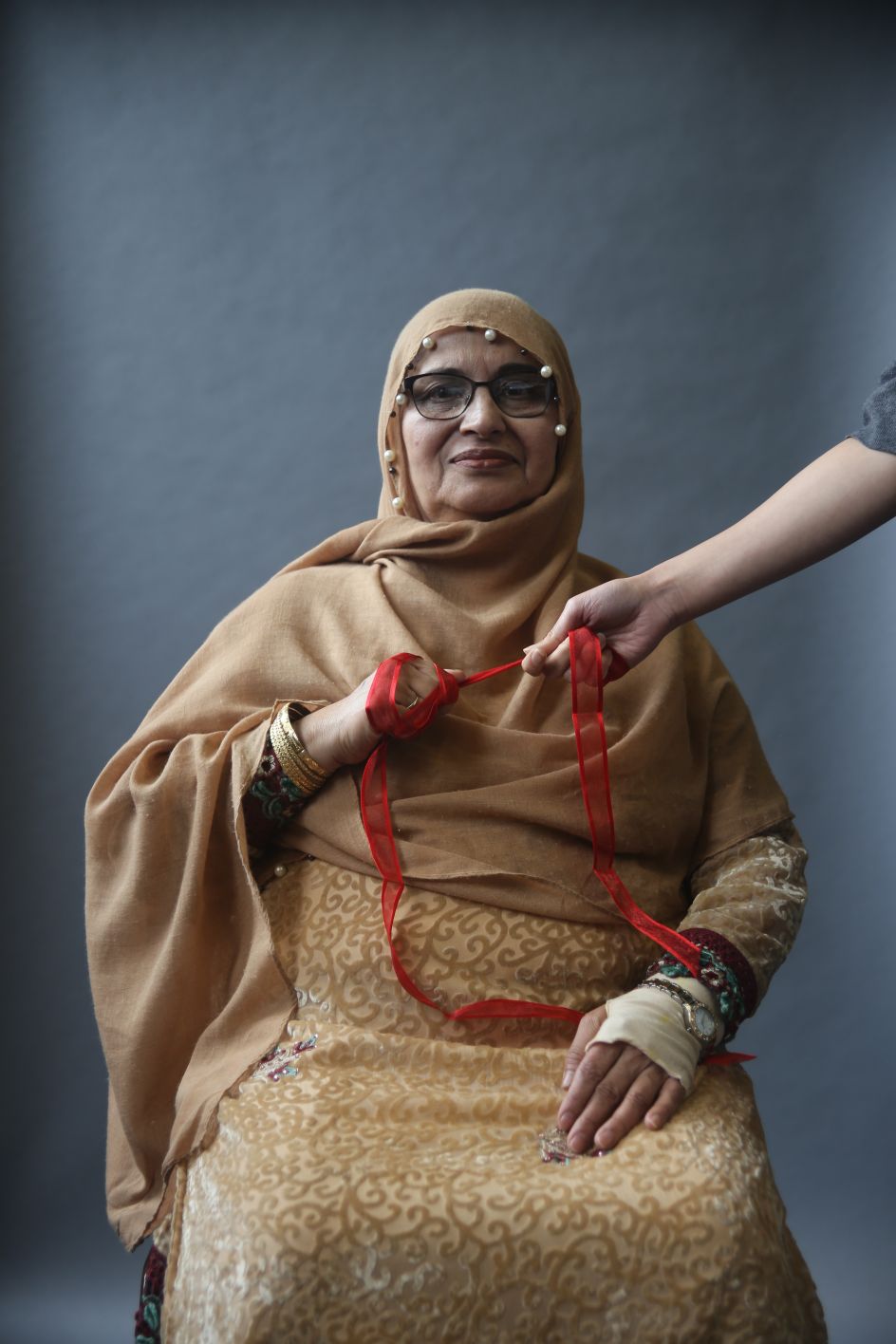
Zahida Qateel Glasgow, 2018 Scarlett Crawford, 2018. “Zahida wanted to communicate her pride in family and community. She asked her daughter to hold the ribbon with her to represent this.” © UK Parliament

Omari Edwards Nottingham, 2018 Scarlett Crawford, 2018. “As a history student, Omari was well-informed about the history of the Race Relations Acts. His in-depth knowledge of their impact led him to want to demonstrate how ineffective he thought they had been by ripping the parchment paper.” © UK Parliament
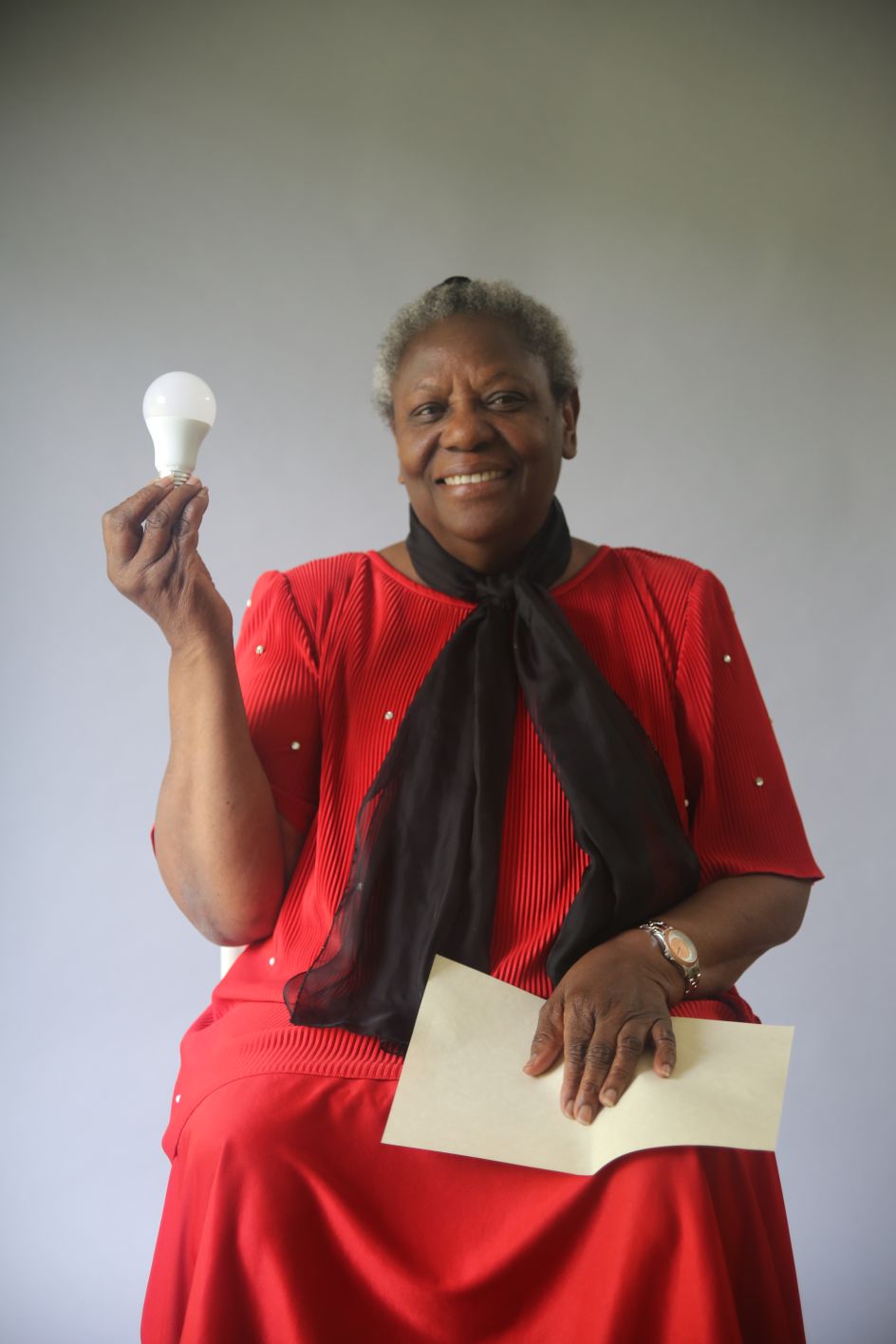
Roma Taylor Cardiff, 2018 Scarlett Crawford, 2018. “Roma felt the impact of the introduction of the Race Relations Acts and believed that they were a positive move towards change.” © UK Parliament
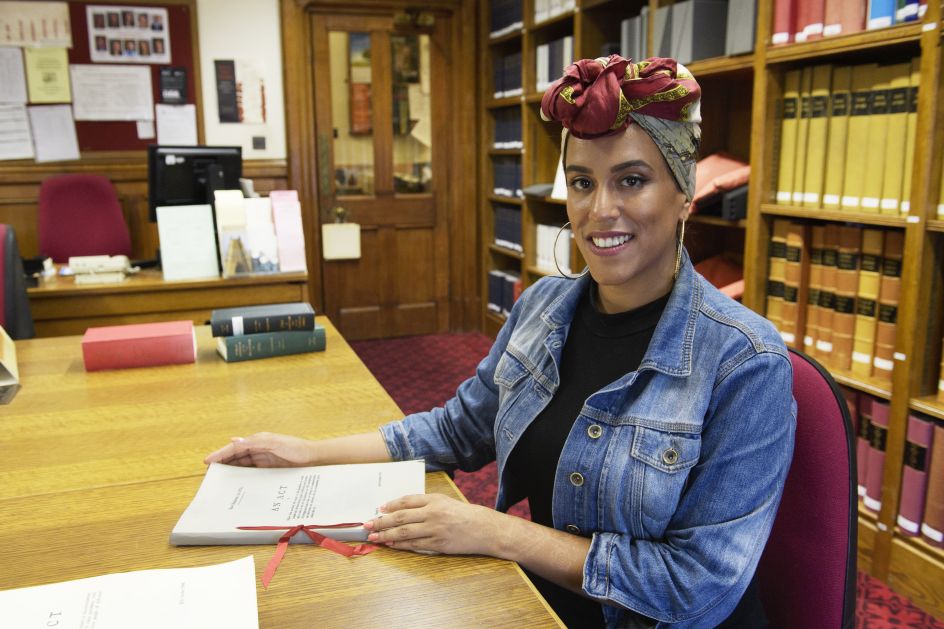
Race Relations Act artist Scarlett Crawford © UK Parliament/Jessica Taylor




 by Tüpokompanii](https://www.creativeboom.com/upload/articles/58/58684538770fb5b428dc1882f7a732f153500153_732.jpg)


 using <a href="https://www.ohnotype.co/fonts/obviously" target="_blank">Obviously</a> by Oh No Type Co., Art Director, Brand & Creative—Spotify](https://www.creativeboom.com/upload/articles/6e/6ed31eddc26fa563f213fc76d6993dab9231ffe4_732.jpg)









